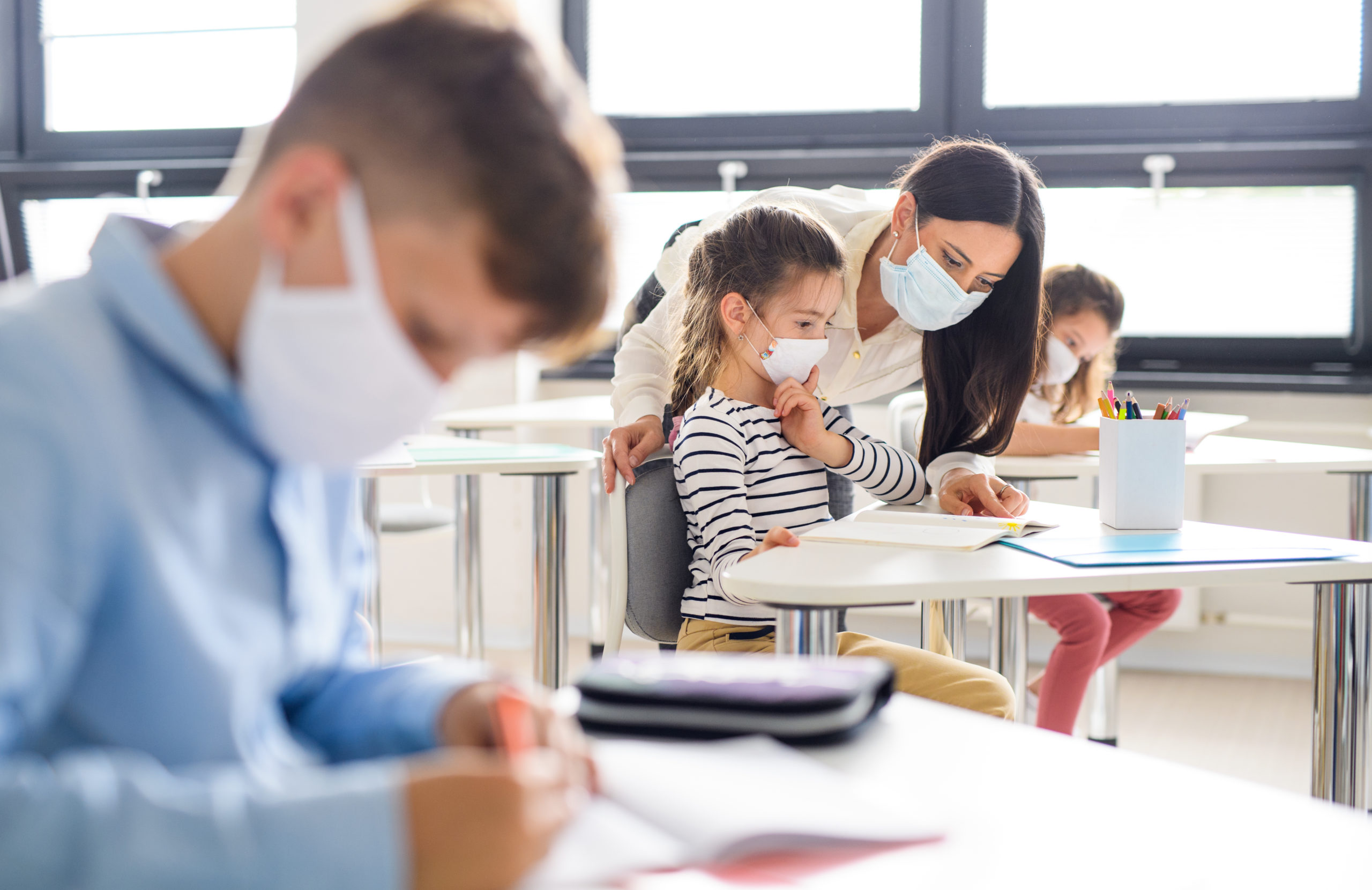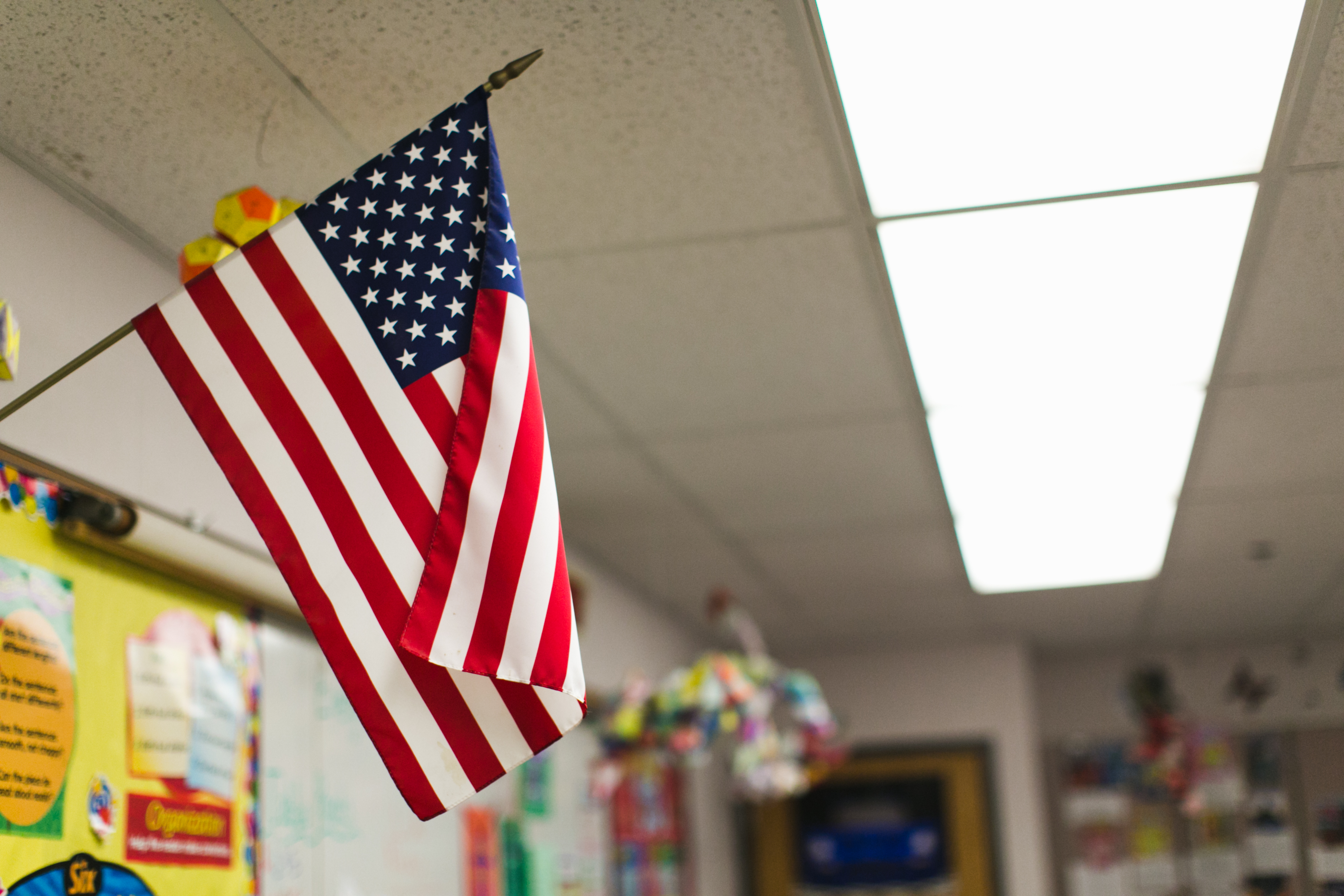The Minnesota Department of Health (MDH) and Minnesota Department of Education (MDE) provided additional guidance on Friday on a variety of educational programs and services that require close, physical, and prolonged contact, and would be difficult to provide to students while still abiding by social distancing guidelines.
Here’s a summary of that guidance:
Face Masking
Staff providing direct support services are required to wear a face covering and/or a face shield.
Students are required to wear a face covering and/or a non-medical face shield when receiving direct close contact support services, unless they unable to tolerate a face covering due to developmental, medical, or behavioral health needs or they are a student in kindergarten through grade 8 and wearing a face covering is otherwise problematic for the student.
Guidance on wearing PPE is given in Appendix A (pg. 13 of the guidance) specifically for when to wear surgical masks, N95 respirators, eye protection, gloves, gowns. This is a succinct spreadsheet that shows when PPE is needed for types of services
Cleaning
Staff providing direct student support services must clean hands using soap and water or hand sanitizer with at least 60% alcohol (soap and water are preferred when hands are visibly soiled) regularly and in the following circumstances:
- Before and after working with a student.
- Immediately after touching blood, body fluids, non-intact skin, mucous membranes, or contaminated items (even when gloves are worn during contact).
- Immediately after removing gloves, after touching objects in the immediate student support vicinity, before eating, after using the restroom, and after coughing or sneezing into a tissue.
- After incidental touching, providing hand-over-hand guidance with educational or technology materials, tactile American Sign Language, Print on Palm, Protractile Communication, or other similar points of touching.
Staff also should work with custodial staff to establish routine cleaning and disinfecting of high-touch surfaces and shared equipment, such as wheelchairs, scooters, oxygen tanks and tubing, and other assistive devices, between uses.
Eye protection (face shields or goggles) should be cleaned and disinfected when visibly soiled or at least daily following manufacture’s direction or CDC guidance.
Additional Measures
- Screening: Follow the school’s symptom screening process for staff providing and students receiving direct support services, as well as ongoing monitoring throughout the school day to help quickly identify signs of illness.If a student or staff member begins to display symptoms of illness during the day, follow the school’s procedure for illness and stop and/or postpone any scheduled direct support services.
- Training on PPE: Learning to correctly don and doff protective equipment is important to prevent self-contamination when using PPE. Any staff member using PPE should receive initial training with return demonstration and at least annually thereafter to ensure optimal benefit from the PPE use.
- Disposing PPE: Used disposable PPE (gloves, gowns, or masks) can be put in a designated lined trash receptacle and removed in the usual manner for school garbage.
The guidance document gives directions on specialized physical health care services such as restrictive procedures: physical holding, respiratory conditions, suctioning, catheterization care, diabetes care, gastrostomy tube (G-tube) feedings.
Resource
View the full guidance (Updated 8/7/2020)





